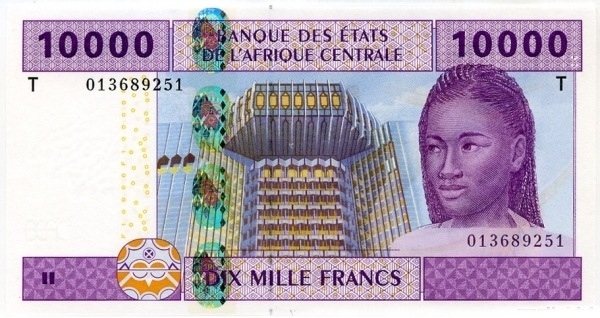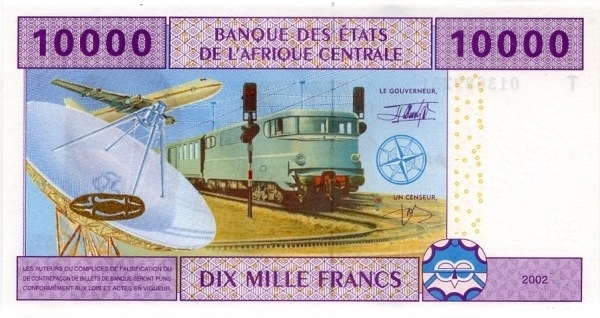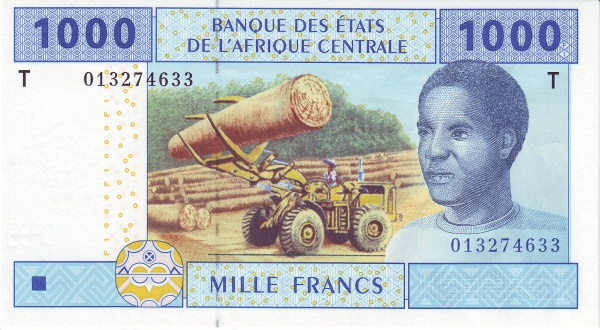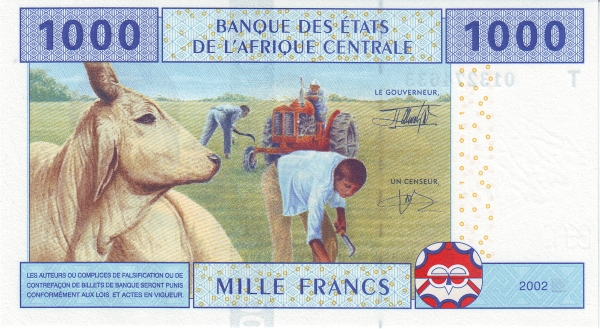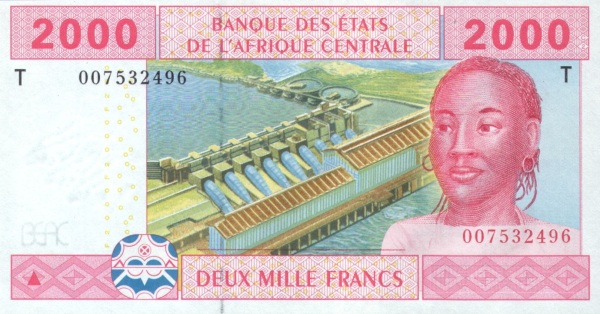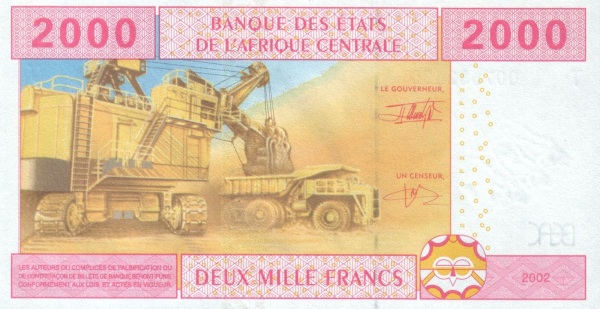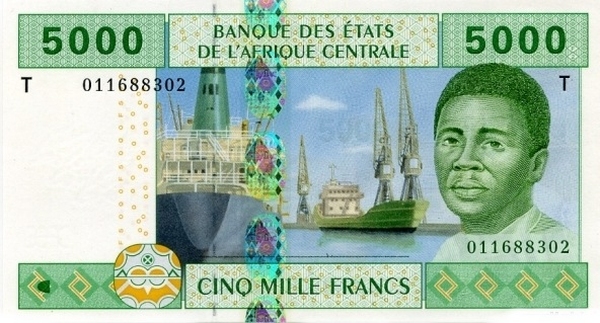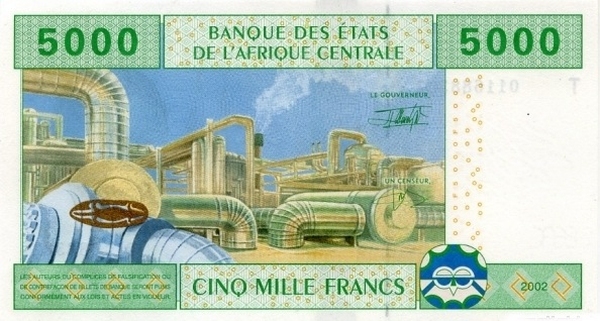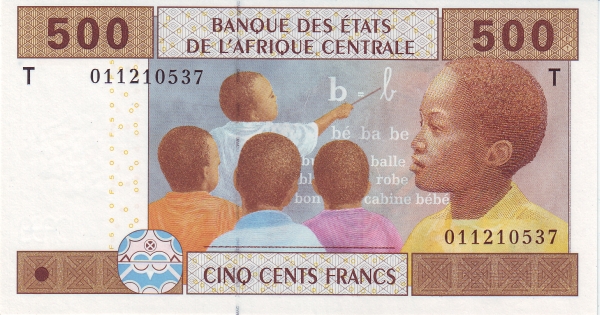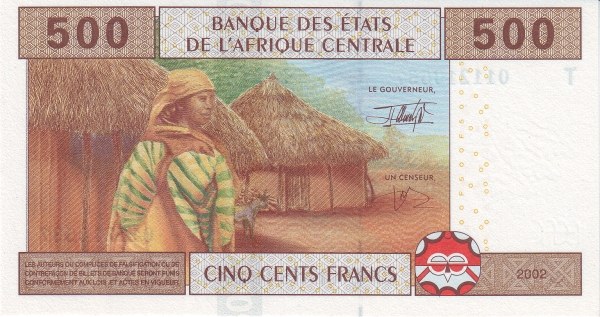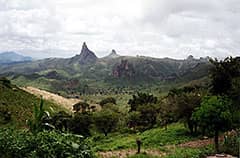Discovering the Wonders of Cameroon
Cameroon, a captivating nation in Central Africa, is situated along the Gulf of Guinea to the southwest. With its rich cultural heritage and diverse landscapes, Cameroon attracts travelers seeking adventure and exploration. The country shares its borders with several nations: Nigeria to the northwest, the Republic of the Congo, Gabon, and Equatorial Guinea to the south, Chad to the east, and a narrow lakefront along Lake Chad to the north. Notably, the nation spans an impressive area of approximately 475,650 km², making it slightly larger than California. The geographical variety of Cameroon, ranging from coastal regions to mountainous terrains, only enhances its unique charm.
Vibrant Cities and Population Growth
Douala serves as the largest city and main port, while Yaoundé stands proudly as the political capital. With an estimated population of 29 million in 2024, people from various backgrounds and cultures call Cameroon home. The bustling urban centers, including Edea and Limbe, contribute significantly to the nation's economy. Edea, renowned for its heavy industry and hydroelectric power plant, reflects the industrial growth in the region. Limbe, on the other hand, has established itself as the oil industry's headquarters and is also the site of the Chad-Cameroon pipeline terminal in Kribi.
A Rich Linguistic Landscape
Cameroon boasts an intriguing linguistic environment. Both English and French are official languages, although a large majority of the population communicates in French. This bilingual nature enriches the cultural tapestry and facilitates interactions among the inhabitants. Additionally, local languages flourish throughout the country, adding to the diversity of communication.
Historical Background of Cameroon
The name Cameroon traces its origins to the Portuguese word "Camaroes," meaning shrimp. In 1472, Portuguese sailor Ferdanando Poo arrived at the Wouri River in Douala, struck by the abundance of shrimp present in the waters. He named the river Rio Dos Camaroes, referring to its rich aquatic life. This name evolved over the years, taking various forms, such as "Cameroes" in Spanish, "Kamerun" in German, and "Cameroun" in French.
Colonial History
In 1884, Germany colonized the territory, and it remained under their rule until the conclusion of World War I. Following the war, the League of Nations mandated Cameroon to both the French and British governments. France governed a significant portion, known as East Cameroon, while Britain managed a smaller sector, referred to as West Cameroon. Thus began a crucial chapter in Cameroon's history that set the stage for future independence.
The Road to Independence
On January 1, 1960, the French sector attained independence and was rebranded as the Republic of Cameroon. The journey toward unity had only just begun, as the residents of Southern Cameroon, formerly West Cameroon, sought their path to independence. Consequently, a plebiscite occurred on February 11, 1961, supervised by the United Nations. The results overwhelmingly favored reunification, with 233,571 votes for and 97,741 against. As a result, Southern Cameroon gained immediate independence and unified with the Republic of Cameroon on October 1, 1961. This momentous occasion marked the birth of the Federal Republic of Cameroon.
Transition to a United Republic
Following a referendum in May 1972, Cameroon transitioned into a United Republic. Subsequently, in 1984, a Presidential Decree officially renamed it the Republic of Cameroon. This historical evolution reflects the nation's resilience and commitment to unity despite facing various challenges over the years.
Geographical Diversity and Climate
Cameroon stands out for its remarkable geographical diversity. From the lush coastal regions teeming with dense vegetation to the towering mountains of the Adamawa Highlands, each area holds distinct ecological features. The southern coastal areas, in particular, enjoy a hot and humid climate, with copious rainfall nurturing the environment. This climate promotes the growth of various flora and fauna, contributing to the rich biodiversity the country holds.
The Cultural Mosaic of Cameroon
Cameroon's cultural landscape is as varied as its geography. The nation hosts over 250 ethnic groups, each contributing to the rich heritage. Traditional music and dance, such as the lively Makossa and the rhythmic Assiko, highlight the artistic vibrancy of the local communities. Craftsmanship, whether in textiles, pottery, or woodwork, showcases the creativity and skill of artisans throughout the country.
Gastronomy: A Taste of Cameroon
Culinary traditions in Cameroon reflect the country's cultural diversity. Staple foods such as plantains, cassava, yams, and rice form the basis of many dishes. Additionally, spicy stews and soups, often featuring meat or fish, tantalize the taste buds. The influence of various ethnic groups has created a unique fusion of flavors, creating a gastronomic paradise for food enthusiasts.
Festivals and Celebrations
Throughout the year, Cameroon comes alive with vibrant festivals celebrating its rich cultural heritage. Events such as the Ngondo Festival, which honors the Sawa people along the Littoral, showcase traditional dances, music, and rituals. Similarly, the Ndop Festival highlights the history and traditions of the Bamoun people. These celebrations offer both locals and visitors an incredible glimpse into the vibrant culture that defines Cameroon.
Natural Attractions and Wildlife
Nature enthusiasts will find much to admire in Cameroon. The country is home to several national parks, including the famous Waza National Park, known for its diverse wildlife, including elephants, giraffes, and numerous bird species. Additionally, Mount Cameroon, an active volcano and the tallest peak in West Africa, offers challenging hikes and breathtaking views for adventurers.
Conservation Efforts
As environmental awareness grows, Cameroon has implemented various conservation strategies to protect its rich biodiversity. Initiatives aim to safeguard endangered species and preserve habitats amid increasing development pressures. These efforts are crucial for ensuring that future generations can continue to experience the incredible natural wonders that Cameroon has to offer.
In conclusion, Cameroon embodies a rich blend of history, culture, and diverse landscapes that captivate anyone who sets foot on its soil. The charming cities, vibrant traditions, and scenic beauty come together to create an unforgettable experience for residents and visitors alike. As it continues to evolve, Cameroon represents a beacon of hope and resilience in the heart of Africa.
Largest cities of: Cameroon
| City Name | Population | Year of foundation | |
| Yaoundé | 3,000,000 | 1888 | |
| Douala | 2,350,000 | 1884 | |
| Garanté | 300,000 | circa 1900 | |
| Bafoussam | 300,000 | 1967 | |
| Bamenda | 300,000 | circa 1884 | |
| Maroua | 200,000 | BC 1800 | |
| Kribi | 185,000 | 1900 | |
| Limbe | 150,000 | 1884 |
Cameroon: Money
